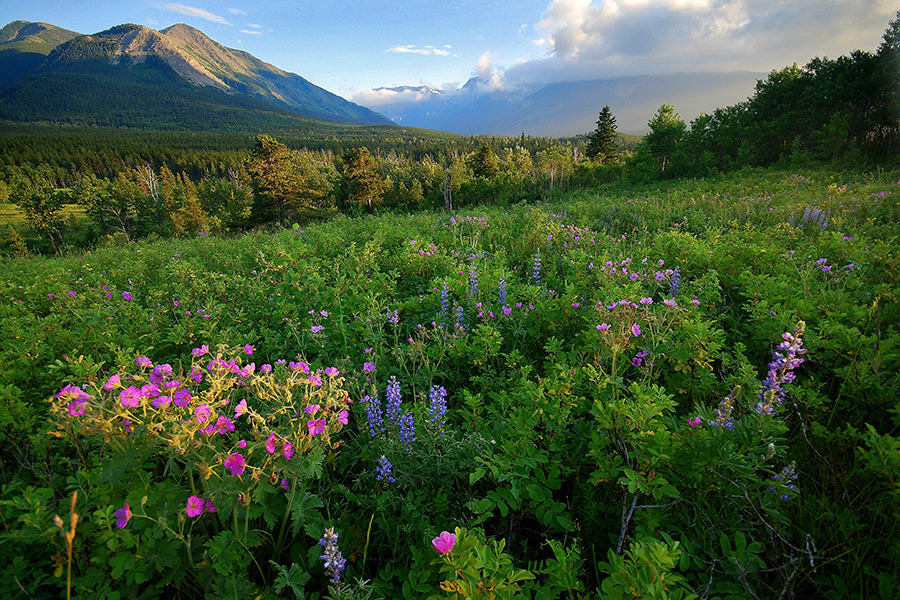Alberta to Formally Protect 250,000 Acres Near Waterton-Glacier Peace Park
After being cut from Waterton Lakes National Park two decades ago, the lands will once again have government protection
By Clare Menzel
The Alberta government announced Sept. 4 that 250,000 acres just north of Waterton-Glacier International Peace Park will be protected from logging and development.
The area, which encompasses the entire Castle Watershed, is part of the Crown of the Continent Ecosystem, which spans northwestern Montana, southeastern British Columbia, and southwestern Alberta.
Efforts to protect the area date back decades, and on Friday the Canadian government announced the expansion of the existing Castle Wildand and creation of a new provincial park on the Alberta front range. Supporters said the designation will preserve the area’s ecological integrity and offer increased protection for wildlife populations, including trans-boundary grizzly bears, wolverines and cutthroat trout.
“This announcement puts Alberta back on the map in terms of international conservation success stories,” said Wendy Francis, interim president of the Yellowstone to Yukon Conservation Initiative.
The watershed, often called the Castle Wilderness, was once part of the now 100,000-acre Waterton Lakes National Park. The Canadian government carved the Castle lands out in the early 1920s, opening them to logging and mining. For years the watershed remained essentially pristine, with small logging projects encroaching only at the edges. In 1998, the entire watershed was designated as a Special Place. Though meaningful, the historical designation did not provide much legal protection. It did not prevent logging, off-road vehicle usage, or camping at undesignated sites, and it permitted the expansion of Castle Mountain Resort in Pincher Creek, which now sits on the park complex’s western border.
In July 2014, the Province created a Wildland Park covering portions of the Castle. This left approximately half of the watershed unprotected and this latest action officially covers these remaining areas, which are about the size of a quarter of Glacier National Park.
“This is a great day for Albertans who love wildlife, clean water and wild places,” said James Tweedie, president of the Castle-Crown Wilderness Coalition.
As the provincial park and part of the larger Castle Wildland Park, the land is protected by regulations that prevent industrial development. The two designations are similar, but wildland parks are typically more primitive and promote backcountry experiences, whereas provincial parks often have campground sites accessible by road.
Both wildland and provincial park designations prevent new contracts for the extraction of metallic, mineral, coal, or surface resources. They also prohibit commercial logging, which has been of particular concern to activists and conservationists in recent years since the government approved a five-year plan that permitted logging in the area.
“Generally speaking, (development) is a one-way street,” said Michael Jamison, Crown of the Continent Program Manager at the National Parks Conservation Association. “We turn wild land or open spaces into residential land, and you don’t turn it back. Here, the street was the constant erosion of the Castle. The best you can hope for is to occasionally put up a dead end on a one-way street. And that’s what we did.”